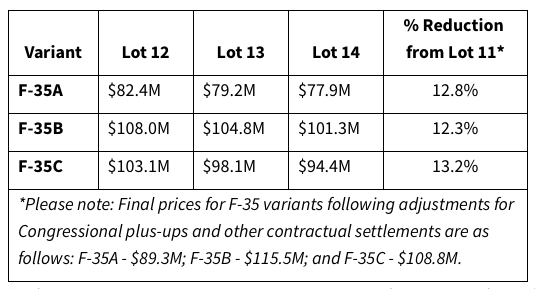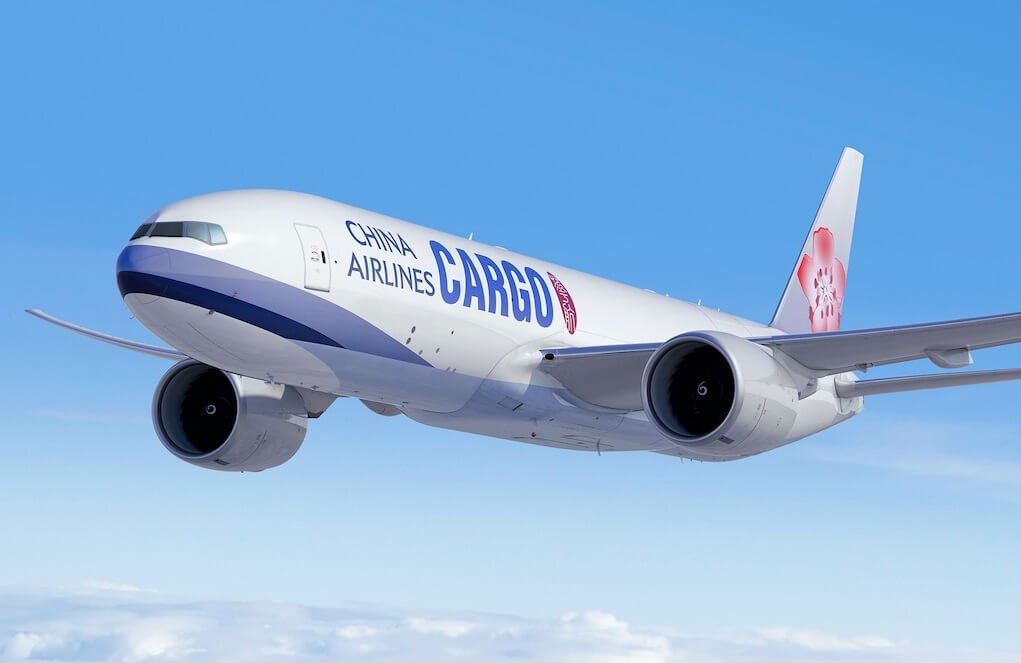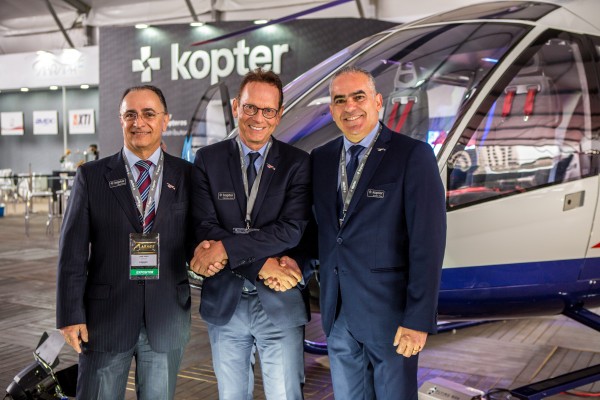
Air Arabia, the Middle East and North Africa’s first and largest low cost carrier, has signed a firm order for 120 Airbus aircraft comprising 73 A320neo’s, 27 A321neo’s and 20 A321XLR’s. The agreement was signed at the 2019 Dubai Airshow in the presence of Air Arabia’s Chairman Sheikh Abdullah Bin Mohammed Al Thani, Adel Al Ali, Chief Executive Officer Air Arabia and Guillaume Faury, Airbus Chief Executive Officer.
Adel Al Ali, Group Chief Executive Officer of Air Arabia, said: “Air Arabia’s fleet growth strategy has always been driven by commercial demand and we are glad to announce today one of the region’s largest single-aisle orders with Airbus to support our growth plans. This new milestone underpins not only our solid financial fundamentals but also the strength of our multi-hub growth strategy that we have adopted over the years while remaining focused on efficiency, performance and passenger experience.” He added: “The addition of the A320neo, A321neo and A321XLR complements our existing fleet and allows us to expand our service to farther and newer destinations while remaining loyal to our low-cost business model. We look forward to working with Airbus and receiving the first delivery.”
Christian Scherer, Airbus Chief Commercial Officer said: “We are delighted to expand our partnership with Air Arabia, this is a great endorsement for the A320neo Family which will allow the airline to tap into new markets. We are committed to supporting the fast expansion of Air Arabia and the region”
Air Arabia is an all Airbus operator with a total fleet of 54 A320 Family aircraft including the A321LR. All aircraft will feature a comfortable single-class cabin with one of the most generous seat pitches today.
The A321XLR is the next evolutionary step from the A321LR which responds to market needs for even more range and payload, creating more value for the airlines. From 2023, it will deliver an unprecedented Xtra Long Range of up to 4,700nm – 15% more than the A321LR and with 30% lower fuel burn per seat compared with previous generation competitor aircraft.
Featuring the widest single-aisle cabin in the sky, the best-selling A320neo Family, comprising the A319neo, A320neo, and A321neo, deliver at least 20% reduced fuel burn as well as 50% less noise compared to previous generation aircraft, thanks to incorporating the very latest technologies including new generation engines and Sharklets. At the end of October 2019, the A320neo Family had received more than 7,000 firm orders from over 110 customers worldwide.












